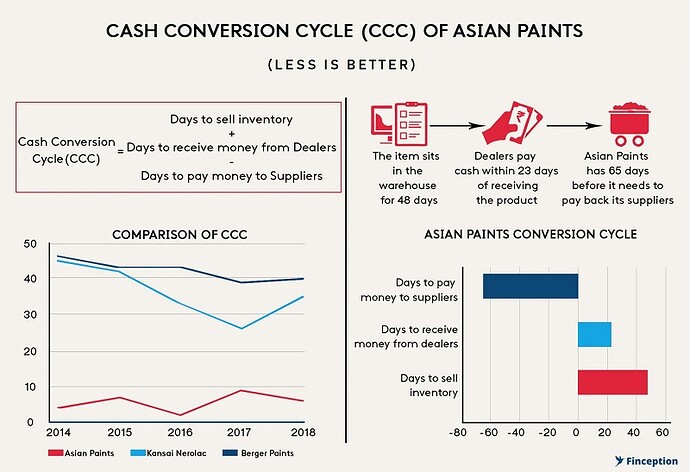With all due respect, would you mind outlining the strategy that you follow at times like these, which we can tweak it as per our situation?
I ask this because you do not conform to the consensus of average investors. Nobody in this forum subscribe to that consensus but you emphasize on the pitfalls, and speaks of a precarious journey ahead more than anybody else. While I do acknowledge and understand the essence of your belief, it is not enough to know that it is going to be tough.
We all agree that, you present past data, might have seen a bubble, a global meltdown, a recession. While history could repeat or rhyme, don’t you agree that India in general has changed quite a bit in the last 15-20 years? I am an average person in every sense of the word, but even I see a lot of change happening around me, so you know more than me. Young demographic, new aspirations, increasing disposable income, some comforts have become sort of needs to some people. There will be an opposite environment as with everything else with economy too with everything working against the country, but would that be permanent? An IT employee may lose his job as it is linked with other economies but not a farmer who sells to Indians, I have read about certain farmers getting bumper returns on their crops. So if all works in cycles, and a down cycle has started, it will end sometime and the next leg of bull run or a positive environment at the least will start again, when I don’t know.
And I don’t go as far and say that this time it will be different but I will definitely say, some portion of the people who are investing via MF route are investing after understanding about equity, these people I believe will not stop their investments SIP or otherwise when they see markets going down. They would perhaps take a pause but do not stop, as these are all salaried class who don’t own any property or have an income that supplements their salary, and depend only on their salaries and thinking that equity will deliver. I am not talking about people who are blindly SIPing dreaming that they will be wealthy or expecting a good return, jumping from one fund to another, believing in fund managers etc.
What else does an average salaried class man can invest in? Gold is more volatile, I think when I am buying 1 single share, I can at least make some calculation of what price to buy, if not that the qualitative aspects of the company, at least the dividend yield, but cannot asses gold. Real estate is out of the question for many salaried people, even 1 cent of land in a town costs you some 3-4 lakhs.
You are experienced or could afford to wait on sidelines, young people with responsibilities and aspirations cannot afford an opportunity to be lost, direct or MF route. I don’t think they would want to wait for 2-3 years for a bear market to start and then invest. They will wait if someone questions their knowledge, educates them and if possible provides a solution.
So my request for you is to outline a strategy that you think will both protect and grow the capital, that suits our present state, until markets make decisive moves and start going up or down. I have read comments of people asking if their fund selection is good, and if not to suggest some good funds, but this is not that.
I am open to all ideas and formulas, as in these turbulent times, I have started to protect my gains, fearing that they will be lost and knowing that I can always get in and invest again at a much lower price and I have to admit the result has been mixed, some went up and some gone down, as they are individual companies with no comparison. I am a bull as I am invested and I am a bear as I have invested meaningfully and fear of losing it along with the opportunity cost of a simple FD.
There are 4 funds in the liquid fund category whose AUM is more than 50,000 crores, with HDFC fund at 86,000 crores. The AUM of top 10 liquid funds by net assets is 4,30,000 crores. So certainly people are waiting.
I have read somewhere in this forum that one should not talk about his investments as it is counterproductive. So if your strategy is your secret recipe, I will go no further.


